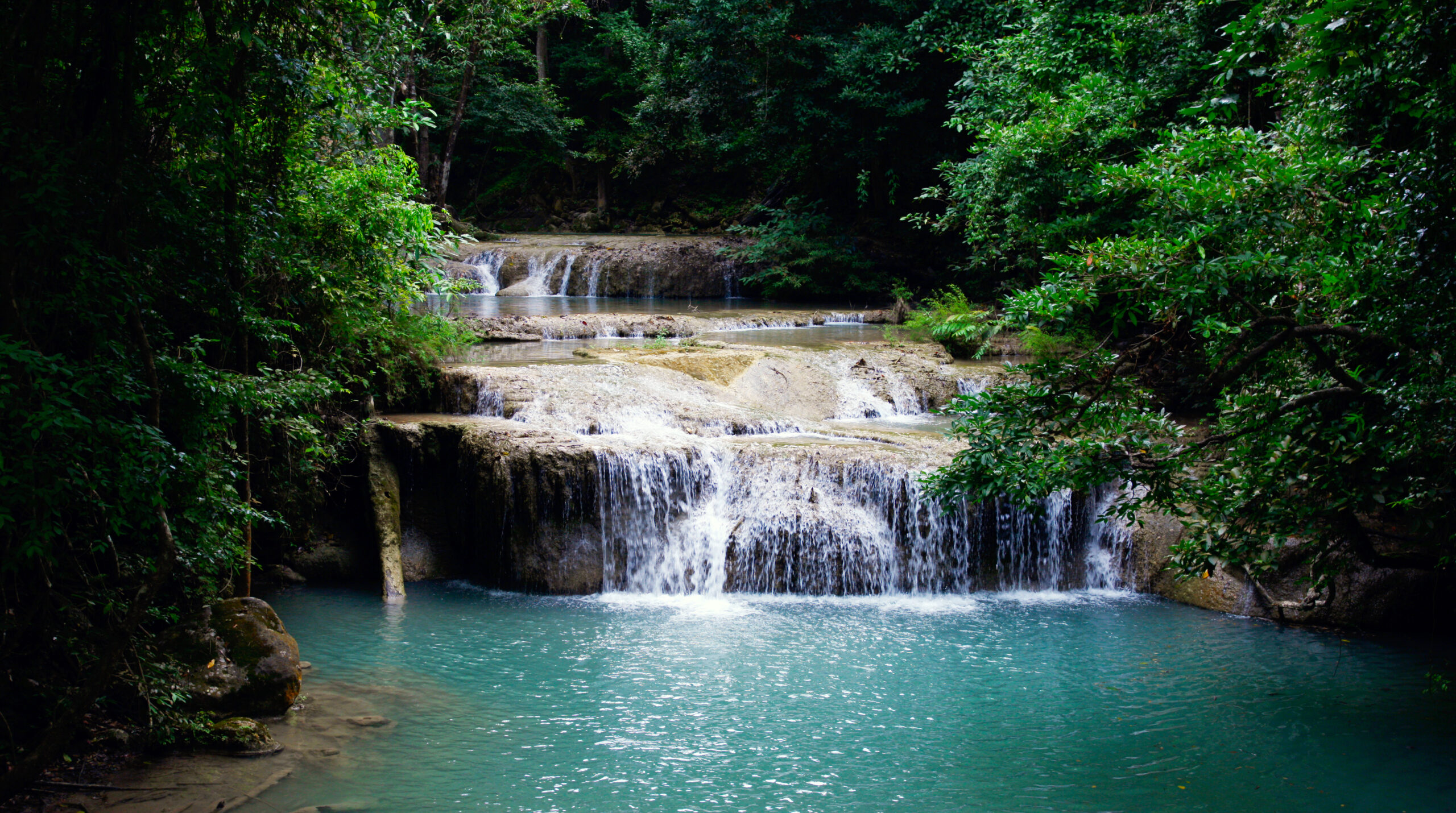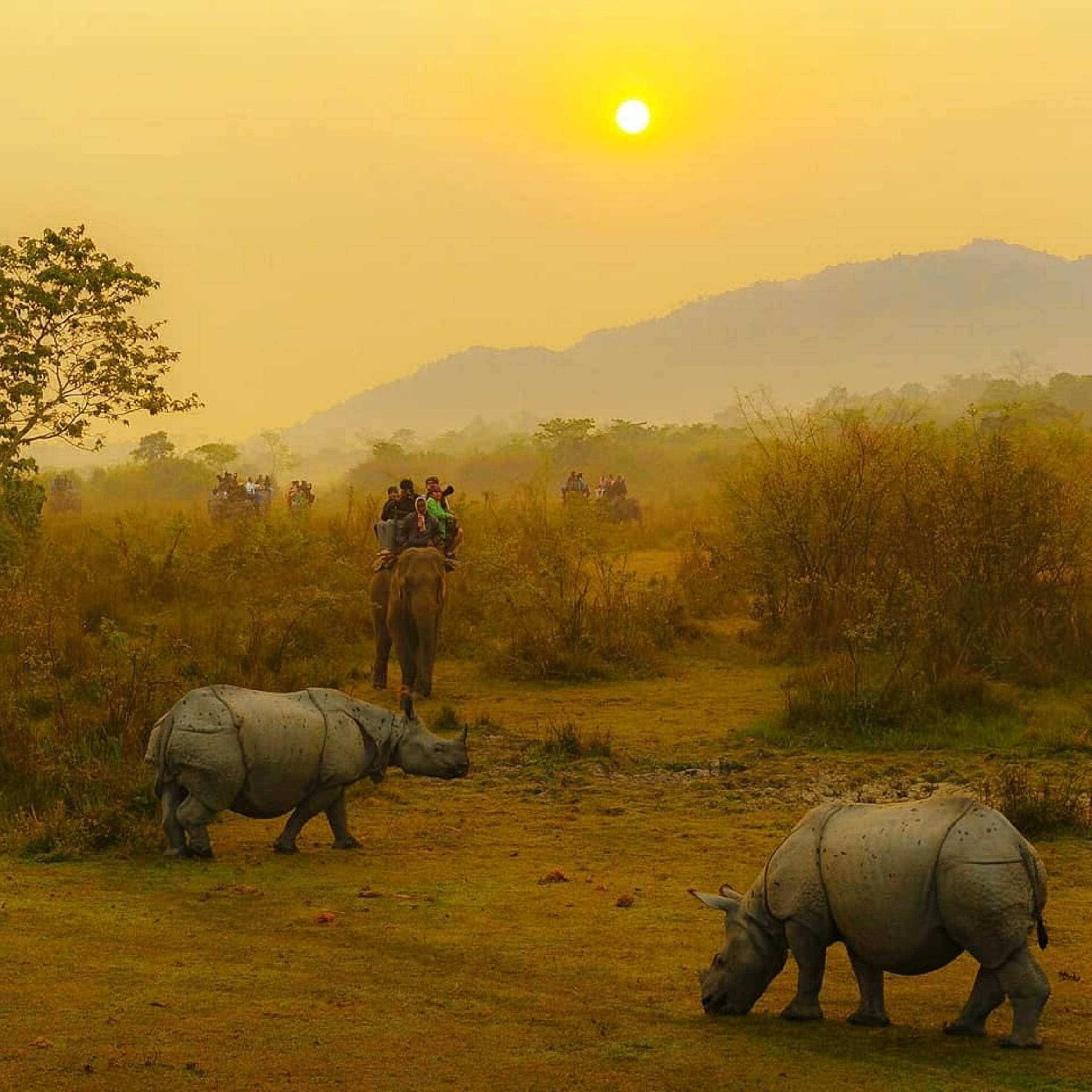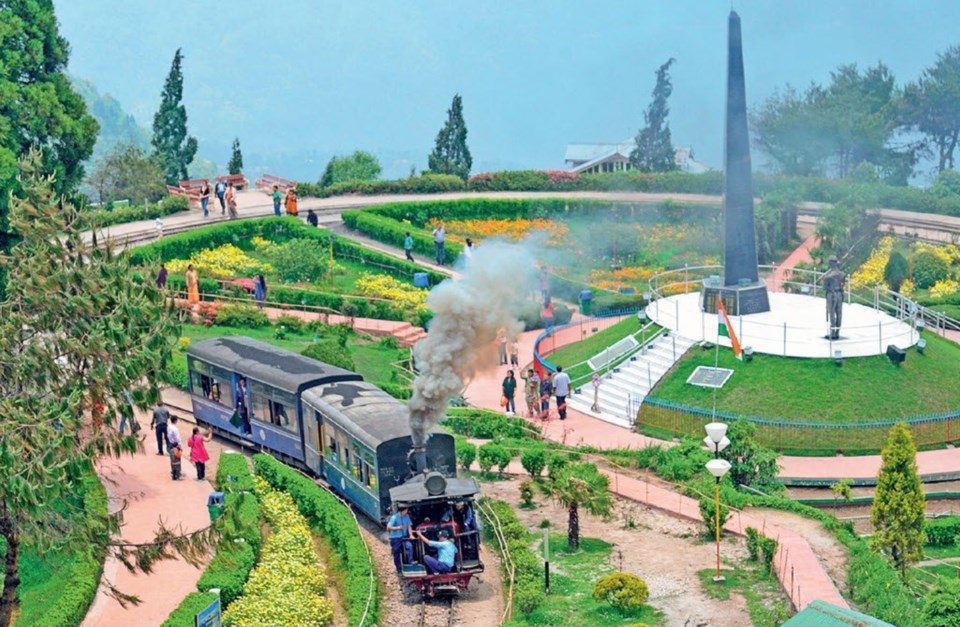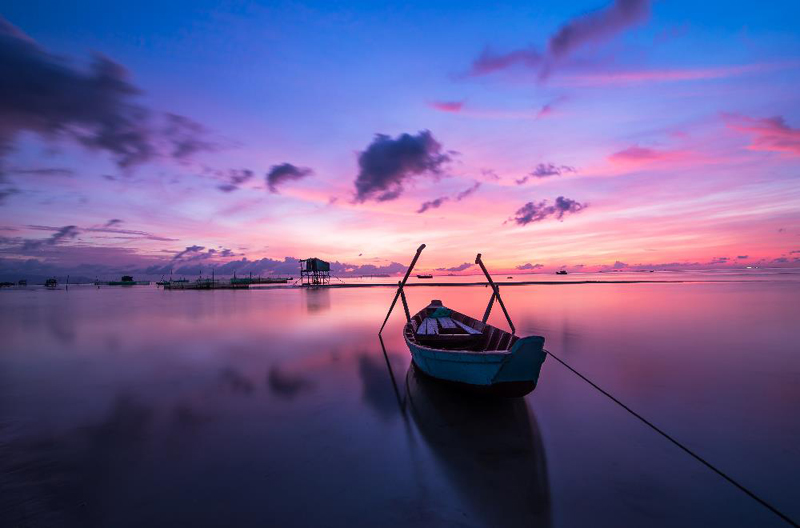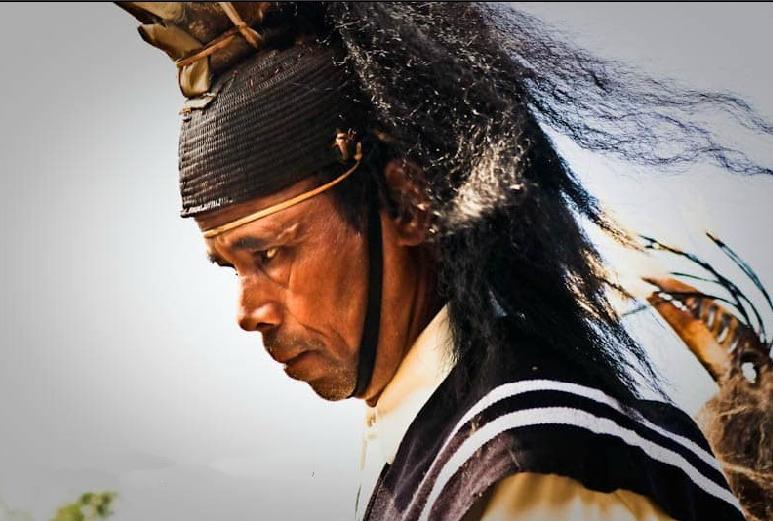Day 01: Bagdogra – Darjeeling (95 Kms, 3 Hrs drive)
Arrive Bagdogra by flight. Meeting upon arrival and proceed to Darjeeling.
En route stop at Kurseong.
Kurseong: Situated at an altitude of 1458 mtrs.( 4860 ft.) Kurseong is 51 Kms from Siliguri and 30 Kms from Darjeeling. The world Kurseong means – the place of white orchid. Because of its lower elevation, Kurseong enjoys a milder and very healthy climate throughout the year.
Later drive to Darjeeling. Arrive Darjeeling and check in at hotel.
Darjeeling: Darjeeling is one of the most popular and magnificent hill resorts in the world. Located in the Northern part of the Indian State of Bengal this heavenly retreat is all about magnificent views of snowcapped Kanchenjunga, torrents flowing down the mountain slopes, lovely tea gardens, landscapes with firs, pines & ferns, and all that combined with friendly people and modern yet colonial charm.
The place that literally means “abode of god” is an ideal getaway for every nature lover tourists. Enveloped in captivating natural beauty, Darjeeling has been rightly given the tag of the “Queen of the Hills”.
Rest of the time free at leisure.
Overnight at hotel.
Day 02: Darjeeling
Early morning visit Tiger hill at sunrise.
Tiger Hill: Tiger Hill is located about 7 miles from the Darjeeling Town and a couple of miles above Ghoom. The highest point in Darjeeling, situated at an altitude of 8482 feet above sea level tiger hill has earned international fame for the magnificent view of the sunrise over “ Kanchenjunga” and the great Eastern Himalayan Mountains. The way to reach Tiger Hill goes through the Senchal road, a narrow uphill path which offers a stunning view of the Senchal lake.
The sunrise usually begins around 5 am and hence it is suggested to be there at the spot by around 4:15. The observation deck located at the top of the hill offers the 360° view of the exotic peaks of the Eastern Himalaya including the majestic Mount Everest.
Later visit
.
Ghoom Monastery: Located below Ghoom railway station, at an elevation of 8000 feet, Ghum or Ghoom Monastery is the popular name of Yiga Choeling Monastery. It is the first ever Tibetan Buddhist Monastery in Darjeeling which was built by the monk and a famous astrologer Lama Sherab Gyatso in 1850. He had administered the monastery till 1905, later went to Tibet and died in his bieth place.
This monastery is a part of the Yellow Hat sect of Buddhism, known as the Gelupka Sect who worship the ‘Coming Buddha’ or ‘Maitreyi Buddha’. A 15-foot high statue of Maitreyi Buddha is seen in the central hall, made entirely of clay brought from Tibet.
This is one of the biggest and oldest statues of Buddha in the region. In front of the Buddha’s statue there are two huge oil lamps that keep burning all the time and all through out the year.
Batasia Loop: Close to the Ghoom Railway Station, About 5 Kms from Darjeeling, the Railway loop is a marvelous feat of British engineering. The view of the train tearing past the the clouds and deeper into the green beauty of the terrain is a refreshing and enchanting experience which should not be missed. The war memorial constructed in the memory of brave Gorkha soldiers of the Indian Army who died in different action since 1947, is worth to visit. A glorious view of snowy peaks and the town can be seen from this place.
There is a host of activities for visitors such as telescopic viewing of the nearby mountain peaks including Mount Kanchenjunga and Mount Everest and photography in traditional attire are some of those
After having breakfast visit
Himalayan Mountaineering Institute (HMI): About 2 Kms from the main town, this unique institution is one of the premier mountaineering institutes in the world. Founded in 1954, the nation built the HMI in Darjeeling to commemorate the success of sherpa Tenzing Norgay, the first Indian to conquer Mount Everest. Tenzing was the only other companion of Edmund Hillary to the summit.
Besides being a mountaineering institute of repute, HMI has become an important centre of tourist attraction as It commands a magnificent view of the 8586 M high Kanchenjunga, the third highest peak in the world. It also has a rich collection of models, paintings, sculptures, photographs, manuscripts, autographs, books and mountaineering equipment belonging to famous mountaineers.
Timing: 9 AM to 4.30 PM. Closed on Thursday.
Tenzing Rock: Named after the first Indian mountaineer to make it to the summit of Mount Everest, Tenzing Norgay, it is one of the most important landmarks of Darjeeling. Opposite to the Gombu Rock named after Nawang Gombu, nephew of Tenzing, these rocks are used for prileminery course on rock climbing training by HMI.
Happy Valley Tea Estate: Established by Mr. David Wilson in 1854, the Happy Valley Tea Estate is located about 15 minutes walking distance, which is 2 – 3 Kms from the Darjeeling town. Presently owned and managed by AmbootiaTea Group, it is one of the major tourist attractions for its beautiful carpeted greenery which may sweep nature lovers off their feet.
The estate is famous for its organic and bio-dynamic method of farming. It offers a guided tour of the tea factory where a visitor can have a glimpse of the fascinating process of manufacturing Darjeeling tea. The tea tasting session, specially designed for first-timers, is conducted at the end of the tour, where one can experience the legendary flavour of Darjeeling tea.
Japanese Temple: Located at a 10 minutes driving distance from the Darjeeling town center, this elegant two storied structure is a Buddhist temple which is built in the Japanese architecture. The temple is also known as the Nipponzan Myohoji Buddhist Temple. The two storied white building was built in a traditional Japanese style in the year 1972.
Two statues of Golden Lions at the entrance invite the visitors to explore inside the shrine.
There is a large prayer hall with the Buddhist gods where a visitor can take part in the prayer which is conducted twice a day. A Buddhist priest or guru can be seen beating the drums during the prayer. Thereby as a traveller, one can experience the glimpse of Buddhist worship at the Japanese Temple.
Next to the Japanese Temple there is a Peace Pagoda, a buddhist stupa which holds the sculptures of Lord Buddha. It also promotes the idea of universal peace and unity. The Peace Pagoda has 4 statues of Buddha depicting his different avatars (forms). It was constructed under the guidance of Nichidatsu Fujii and it is one of the tallest structures in Darjeeling.
One can see the carvings depicting the tales of Buddha’s life around the pagoda. The white structure of the Peace Pagoda stands for the equality, world peace and non-violence. From the top of the Pagoda, one can see the panoramic views of Darjeeling landscape including the Kanchenjunga range.
You can also take a short ride by the famous Toy train from Ghoom to Darjeeling.
Evening visit the Chawrasta OR DARJEELING MALL
Situated at the heart of the town, Chawrasta is one of the prime attractions of Darjeeling. It is the center of shopping as well as the socio-cultural activities of Darjeeling town. One can see some of the old & heritage stores lined up on one side and open view on the other with many pine trees all around. The word ‘Chow’ means four and ‘Rasta’ stands for roads, which means that this is the place where four roads meet.
In old British days, this was place was filled up by the Europeans for their evening walks. Today, the locals as well as the tourists come here to relax, sitting in the benches all along the Mall Road and enjoy the views over a cup of Darjeeling tea.
Overnight at hotel.
Day 03: Darjeeling / Mirik / Darjeeling ( Kms, Hrs drive)
Morning after breakfast full day excursion to Mirik:
Mirik: Mirik is one of the most charming Hill Stations of North Bengal after Darjeeling. It lies at an elevation of 4,905 feet and gets its name from the Lepcha words Mir-Yok which means ‘place burnt by fire’.
The climate in Mirik remains pleasant through out the year. The maximum temperature during summer reaches around 30°C and the minimum comes down to around 15°C. During winter the lowest temperature comes down to around 2°C. But the daytime temperature remains comfortably cool even in winter with a maximum of around 13°C. Like Darjeeling, Mirik also used to be a favourite of the British during their days in India. Now, with its charming landscapes of Alpine trees and the lash green tea gardens coupled with the beautiful lake and the unique shopping experiences makes Mirik a traveller’s delight.
In Mirik visit:
Sumendu Lake: The Sumendu Lake, popularly known as Mirik lake is about 1.25 km long and the major attraction of Mirik. The lake allows no one to escape the enchanting embrace of the quiet caress received by every tourist-turned-admirer. Boating in the lake is an opportunity every one coming to Mirik looks forward to. There is an arched bridge over the lake and a large ground where the tourists can opt for feeding the fish or go for horse riding.
Bolar Monastery: Polularly known as the Mirik monastery, it was founded in 1986. The seat of the Venerable Kyabje Bokar Rinpoche, the monastery belongs to the Kagyud order. I is one of the few monasteries in India which have retained its traditional beliefs and environment from the very beginning.
Tingling View Point / Kawly Dara Viwe Point: Through this view point one can not only view the panoramic carpeted tea plantation, but also a sweeping view of the plains as well as the snow capped mountains. The sunrise and sunset from here is a visual delight.
Later depart back for Darjeeling.
Rest of the time free at leisure.
Overnight at hotel.
Day 04: Darjeeling / Bagdogra Departs.
Morning after breakfast drive to Bagdogra airport for onward destination.
Tour Ends.
Package includes:
Assistance on arrival
Accommodation on Twin sharing basis for 03 nights.
Breakfast at hotel.
All transfers to and from Bagdogra Airport or New Jalpaiguri Railway station by Non AC car
Sight seeing as mentioned by non AC car.
All driver’s charges, parking, toll charges
All applicable Govt Taxes
Package does not include:
Entry fees to the monuments, parks.
Any meals other than mentioned above
All camera charges, laundry, telephone, insurance and other expenses of personal nature.
Any other expenses which are not mentioned in the inclusions





